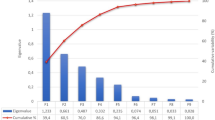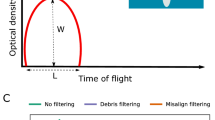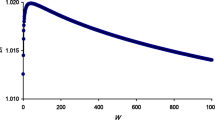Abstract
IN NATURE of June 4 (pp. 111–3), in a paper by Prof. D'Arcy Wentworth Thompson read before the Zoological Society, April 28, the way in which form in birds' eggs is to be accounted for is discussed. Referring to the accepted causes of variation in form of eggs, Prof. Thompson says:—“Whatever truth there be in these apparent adaptations to existing circumstances, it is only by a very hasty logic that we can accept them as a vera causa or adequate explanation of the facts; and it is obvious to my mind that in attempting to deal with the forms assumed by matter, whether in the organic or the inorganic world, we ought first to attempt to deal on simple physical lines with the forces to which it has been subjected, that is to say, the intrinsic forces of growth acting from within, and the forces of tension and pressure that may have acted from without”.
This is a preview of subscription content, access via your institution
Access options
Subscribe to this journal
Receive 51 print issues and online access
$199.00 per year
only $3.90 per issue
Buy this article
- Purchase on SpringerLink
- Instant access to full article PDF
Prices may be subject to local taxes which are calculated during checkout
Similar content being viewed by others
Author information
Authors and Affiliations
Rights and permissions
About this article
Cite this article
HORWOOD, A. The Farm of Birds' Eggs. Nature 78, 246 (1908). https://doi.org/10.1038/078246a0
Issue date:
DOI: https://doi.org/10.1038/078246a0



